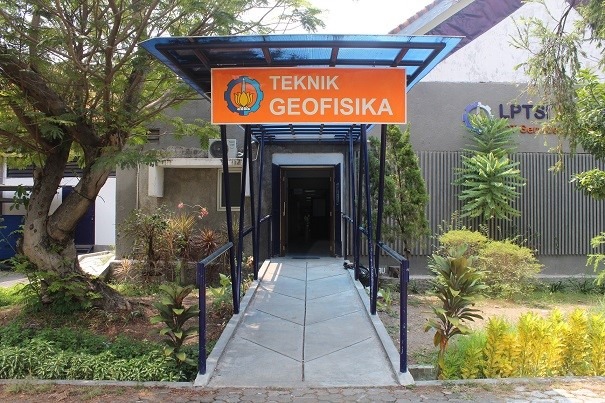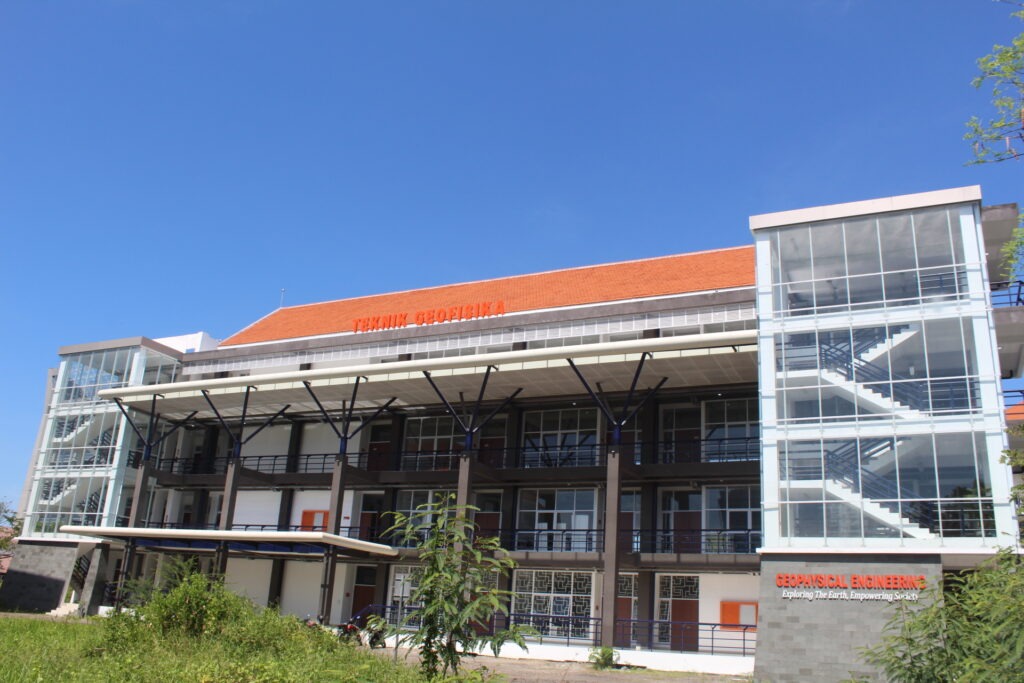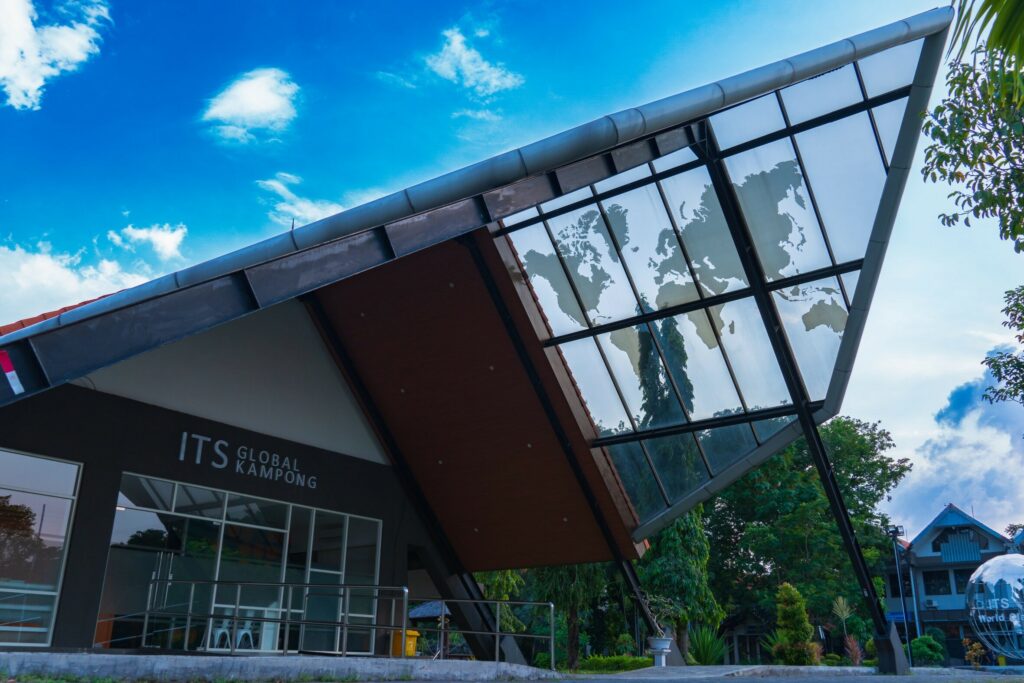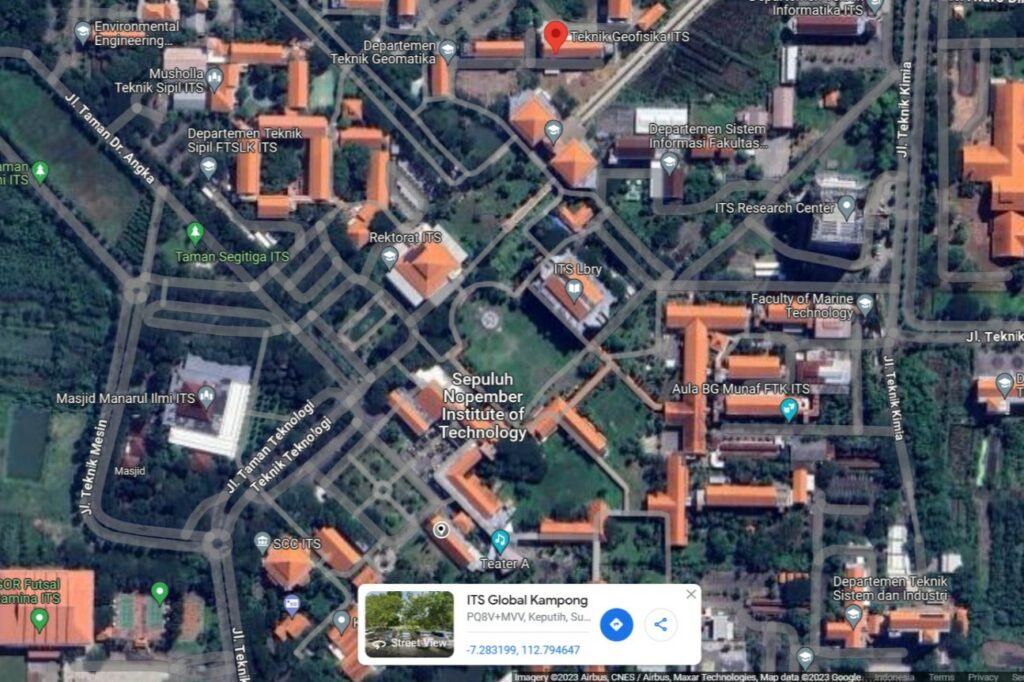Building on brownfield lands on a campus is a creative strategy that promotes responsible land use and revitalizes previously developed areas. Brownfield locations are frequently abandoned or underutilized industrial properties. Institutions can optimize land usage and conserve greenfield areas by reusing these spaces. This strategy not only contributes to the campus’s long-term development but also to urban regeneration, bringing new vitality to neglected regions. Furthermore, it enables institutions to demonstrate their commitment to environmental stewardship by eliminating the need for new development on undeveloped land and lowering the ecological imprint of new construction. Building on brownfield sites is a method that promotes the efficient and responsible use of resources while regenerating campus environments.
ITS has several buildings built on brownfield sites, one of which is the Global Kampong building. The Global Kampong building was built on land previously built by the Geophysical Engineering Department building. The Geophysics Engineering Department building has now moved because it is separated from the CIVPLAN Faculty buildings. The location of the Geophysics Engineering Department Building is adjacent to the Geomatics Engineering Department. The built-up land is carried out by the construction of new buildings for the reuse of built land. The use of brownfield sites is intended so that land use on campus is optimal without the need to open new land.




